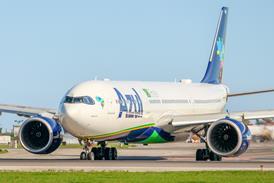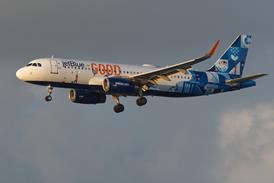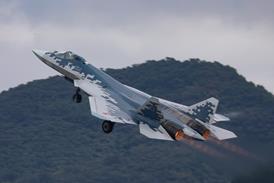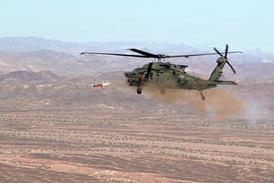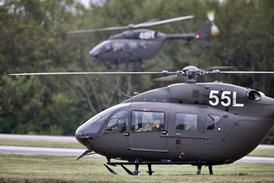FlightGlobal is the global aviation community’s primary source of news, data, insight, knowledge and expertise. We provide news, data, analytics and advisory services to connect the aviation community globally and help organisations shape their business strategies, identify new opportunities and make better decisions faster.
Horizon stays level-headed as it hails crucial transition test milestone

Canadian electric vertical take-off and landing (eVTOL) developer Horizon Aircraft has concluded flight testing with its X5 scaled demonstrator – achieving a full transition to wing-borne flight – keeping the company on track for a maiden sortie of a full-size prototype of its Cavorite X7 in 2027.
Keep reading this article by becoming a FlightGlobal member now
PLEASE REGISTER FOR FREE OR SIGN IN TO CONTINUE READING

You have reached your limit of free articles for this period. Register for a FREE account to read this article and benefit from:
- Increased access to online news and in-depth articles from:
- FlightGlobal Premium covering the global aviation industry
- Airline Business providing insight for business leaders
- Weekly newsletters on topics across the industry

